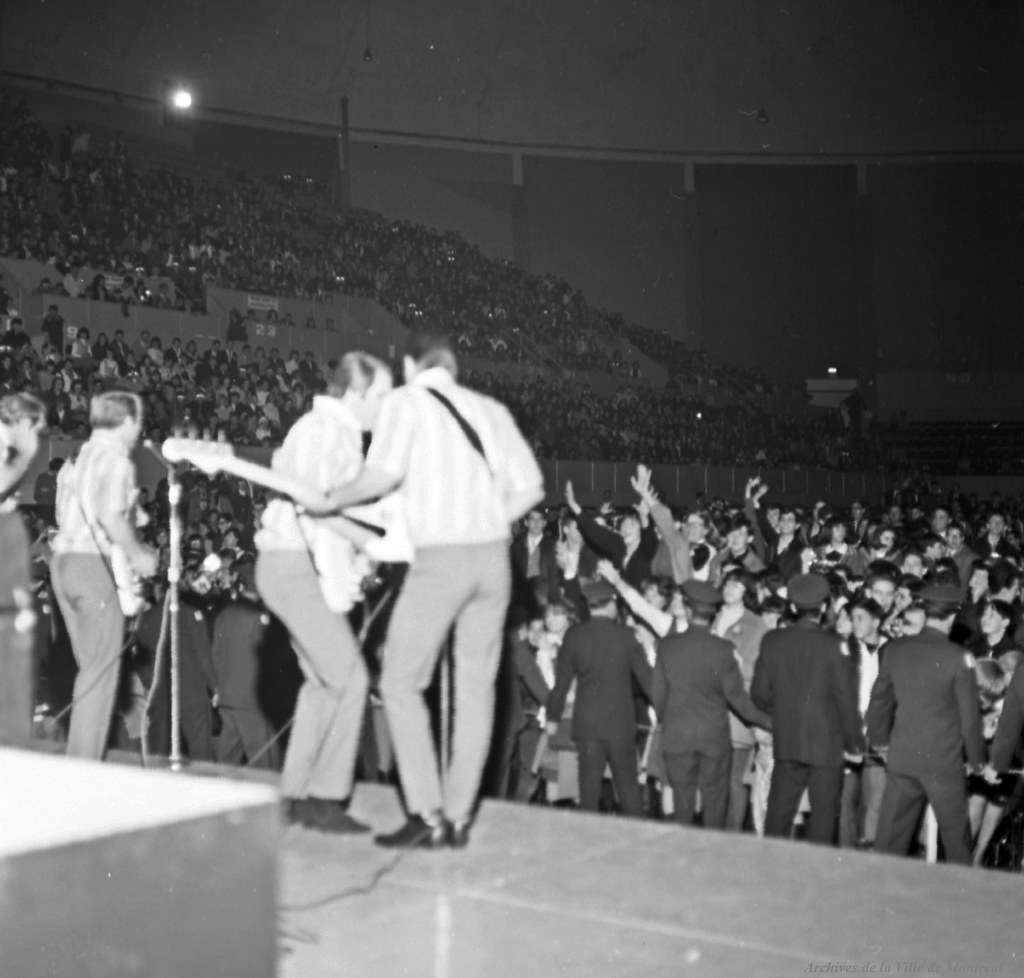
Brian Wilson, the visionary and often fragile leader behind The Beach Boys, whose profound gifts for melody, arrangement, and a distinct form of wide-eyed self-expression gave the world anthems such as “Good Vibrations” and “California Girls,” has passed away at the age of 82. His family confirmed his death in a statement posted to his website and social media accounts on Wednesday, expressing profound heartbreak at their loss.
Wilson’s passing marks the end of an era for one of music’s most influential figures, a man whose work transcended mere pop music to shape American myth and culture. As Joe Levy, a contributor to Rolling Stone and Billboard, remarked, it is difficult to discuss Brian Wilson’s influence solely on music “because he is a shaper of American myth and American culture.” Levy noted that popular ideas about California as a “land of surf and sun” largely derive from The Beach Boys’ extensive catalog.
The narrative of Brian Wilson’s life is one intertwined with both unparalleled creative genius and deeply personal torment. From humble suburban beginnings, he orchestrated a musical revolution that captivated millions, but his journey was also marked by significant internal and external struggles. This retrospective examines the pivotal moments and artistic achievements that cemented his place as one of the world’s most influential recording artists.

1. **Early Life and the Genesis of The Beach Boys**
Brian Wilson was born on June 20, 1942, in Inglewood, California, just two days after Paul McCartney, a coincidence that would foreshadow a legendary musical rivalry. The family later moved to nearby Hawthorne, where Wilson’s extraordinary musical talents became evident early in his childhood. As a boy, he displayed a natural aptitude for the piano and began teaching his younger brothers, Carl and Dennis, to sing harmonies, laying the groundwork for what would become one of the most iconic vocal groups in history.
The Beach Boys initially took shape as a local neighborhood act, with rehearsals often held in Brian’s bedroom and in the garage of their suburban home. It was Dennis Wilson, the only actual surfer among the brothers, who proposed that they capitalize on the burgeoning surf music trend, which at the time was largely instrumental. Brian and his cousin Mike Love quickly collaborated on their first single, “Surfin’,” a track that would become a minor hit after its release in 1961. The group originally intended to call themselves The Pendletones, in homage to a popular flannel shirt style, but discovered the record label had unilaterally christened them “The Beach Boys” on the initial pressings of “Surfin’.”
Product on Amazon: GENESIS WATCHER OF THE SKIES T-Shirt
Brand: Genesis
Binding: Apparel Product Group: Apparel
Price: 25.99 USD
Rating: 4.3 Total reviews: 34
Shopping on Amazon >>

2. **The Rise of the California Sound and Chart Dominance**
With the initial success of “Surfin’,” the band soon signed with Capitol Records, a partnership that would propel them to national and international stardom. Their major breakthrough arrived in early 1963 with the release of “Surfin’ USA,” a song so closely inspired by Chuck Berry’s “Sweet Little Sixteen” that Berry eventually received a songwriting credit after a successful lawsuit. “Surfin’ USA” became their first Top 10 hit, an audacious boast to the nation proclaiming that “If everybody had an ocean / across the USA / then everybody’d be surfin’,’ / like Cali-for-nye-ay.”
From 1963 to 1966, The Beach Boys were a constant presence on the pop charts, delivering a string of hits that defined the aspirational California lifestyle. They achieved No. 1 status with “I Get Around” and “Help Me, Rhonda,” and came tantalizingly close with classics like “California Girls” and “Fun, Fun, Fun.” For their television appearances, the group cultivated a clean-cut image, often sporting candy-striped shirts and grinning as they mimed their latest hits, frequently accompanied by a hot rod or surfboard. Brian Wilson’s sophisticated production techniques, including the innovative double-tracking of vocals, distinguished their sound and demonstrated his early mastery in the studio.

3. **Early Creative Tensions and Wilson’s Withdrawal from Touring**
Beneath the sun-drenched facade of their music, early creative differences and personal struggles began to emerge, often subtly echoed in the band’s repertoire. Brian Wilson frequently contrasted his bright falsetto with Mike Love’s more nasal, deadpan tenor, creating a distinct vocal texture. While the extroverted Love typically took the lead on the group’s faster, more energetic tracks, Wilson would step forward for the slower, more introspective ballads. Songs like “The Warmth of the Sun,” a composition imbued with a sense of despair and consolation, reportedly written by Wilson the morning after President John F. Kennedy’s assassination, though this claim met with some skepticism.
Another poignant example was “Don’t Worry Baby,” an intoxicating yet heartbreaking ballad that served as a leading man’s confession of doubt and dependence, offering an early glimpse into Brian’s developing anxieties. The relentless pace of touring, combined with the immense pressure of songwriting and producing, led to a significant breakdown for Wilson in 1964. This forced him to retire from live performances, with his place eventually filled by Bruce Johnston, who would remain with the group for many decades. This period marked a pivotal shift, allowing Wilson to channel his full creative energy into the studio, pushing The Beach Boys beyond the simple pleasures of their early hits and into a realm that was increasingly transcendent, eccentric, and at times, internally destructive.
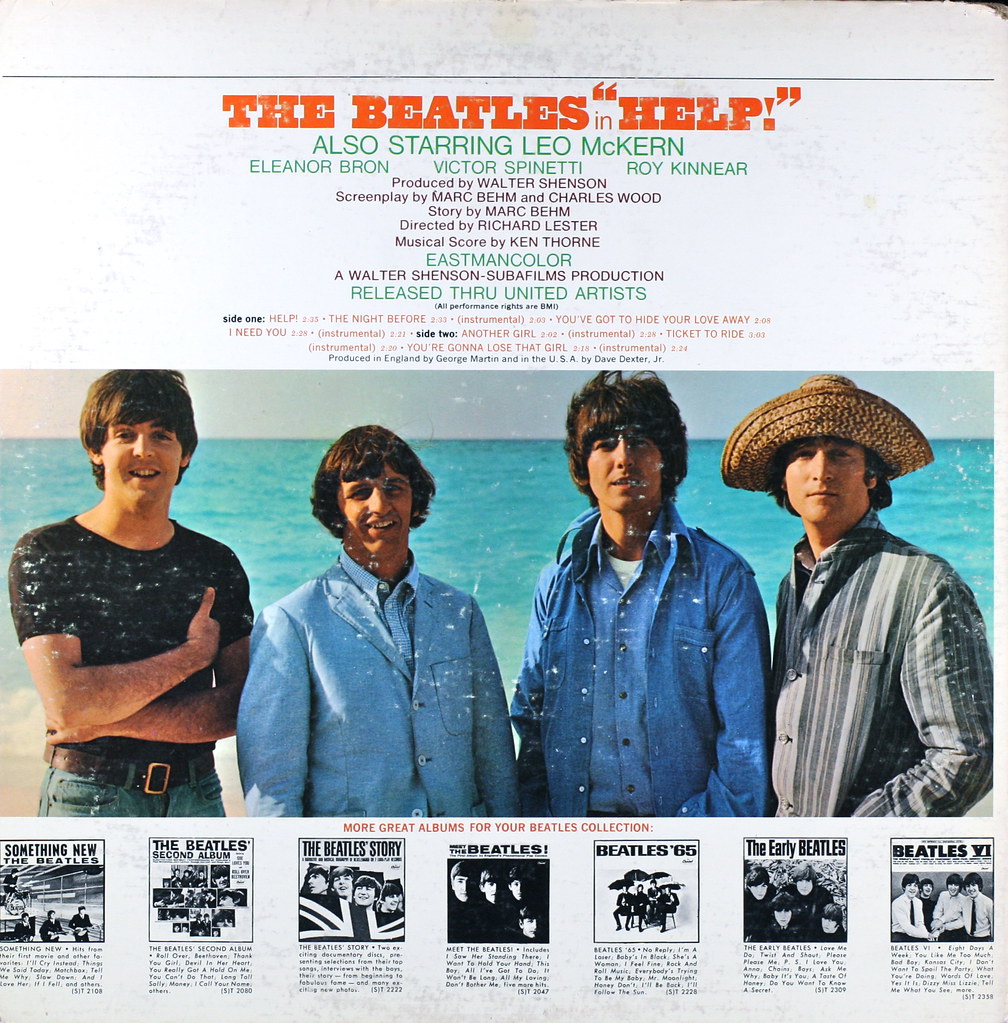
4. **The Famed Rivalry with The Beatles and “Rubber Soul’s” Catalytic Impact**
By the mid-1960s, The Beach Boys had firmly established themselves as America’s musical counterpoint to The Beatles, a friendly yet intensely competitive dynamic embraced by both groups. This rivalry served as a powerful catalyst, driving both bands to new heights of artistic innovation and effectively elevating pop music to the status of a legitimate art form. The competitive exchange between Wilson and the songwriting team of John Lennon and Paul McCartney consistently pushed them toward greater achievements with each new release.
In late 1965, The Beatles released “Rubber Soul,” their first studio album created without the constant distractions of movies or touring. It was immediately lauded as a significant artistic advance, featuring lyrics that were far more personal and music that was considerably more subtle and sophisticated than their earlier chart-toppers like “She Loves You.” Brian Wilson vividly recalled getting high and listening to “Rubber Soul” for the first time, a moment that proved to be a profound revelation. He made a solemn promise to himself that he would not only keep pace with the British band but would ultimately surpass them, setting the stage for his most ambitious and critically acclaimed work.
Product on Amazon: The Beatles and their Journey Into Beatledom: The Beatles as Prophets, Peaceniks & Holy Writ – The Fabulosity Of The Foursquare Golem.
Binding: Kindle Edition Product Group: Digital Ebook Purchas
Price: 4.99 USD
Rating: 4.2 Total reviews: 19
Shopping on Amazon >>

5. **The Meticulous Crafting of “Pet Sounds”: A New Musical Paradigm**
Following the challenge posed by “Rubber Soul,” Brian Wilson embarked on what would become his magnum opus, “Pet Sounds.” He devoted months to its creation, meticulously assembling its intricate layers. For this project, Wilson brought in an outside lyricist, Tony Asher, to collaborate on the evocative and introspective themes that permeated the album. He utilized various recording studios, employing dozens of musicians and an unusually diverse array of instruments, ranging from classical violins and bongos to the harpsichord.
The sonic landscape of “Pet Sounds” was a departure from the Beach Boys’ earlier, more upbeat sound. Many of the songs were ballads and reveries, with an atmospheric quality that often felt reflective and even autumnal, as heard in tracks like “I Know There’s an Answer” and “You Still Believe in Me.” The album culminated in a unified experience, an elaborate sonic tapestry that was so meticulously crafted in the studio that it was virtually impossible to replicate live with the technology available at the time. This innovative approach led many to describe “Pet Sounds” as a new kind of rock LP, one more suited for immersive headphone listening than for casual radio play, solidifying its reputation as a pioneering “concept” album and leading to comparisons of Wilson not just to The Beatles, but to classical composers like Mozart and George Gershwin.
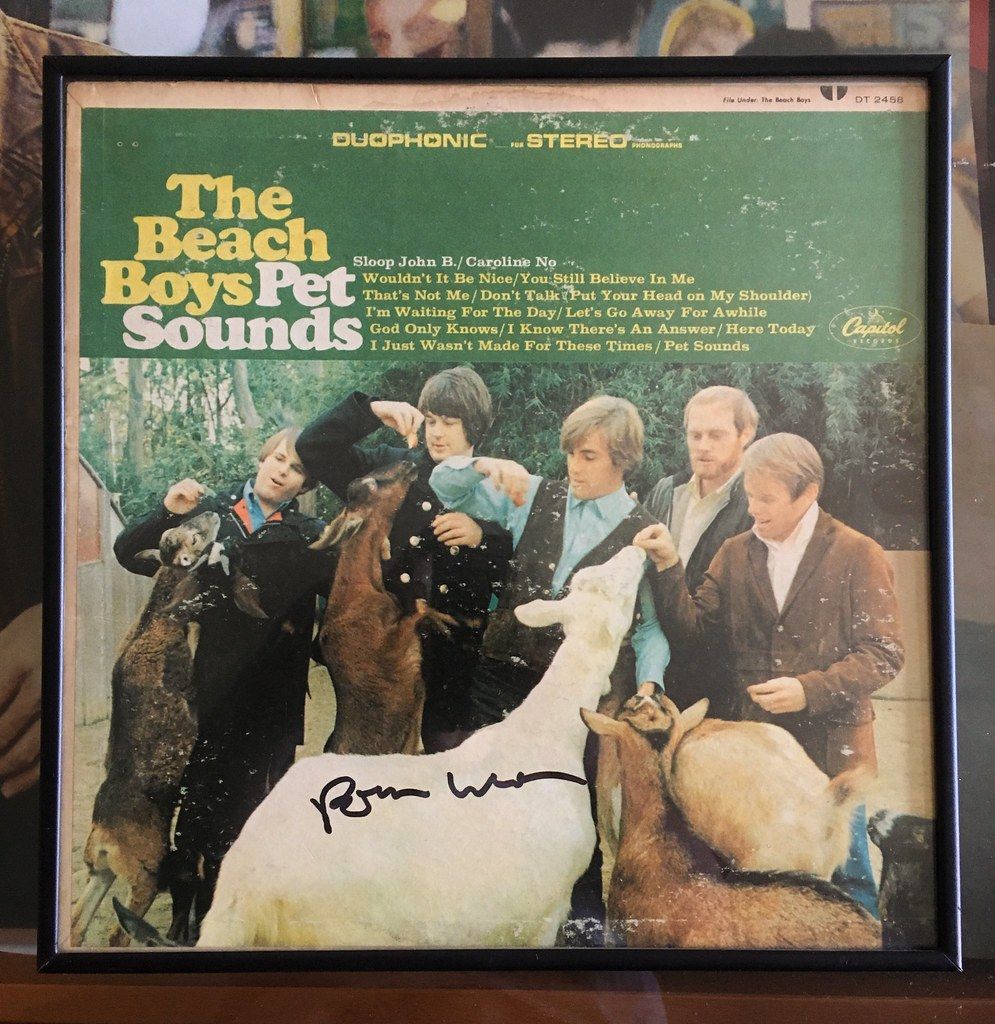
6. **The Critical Acclaim and Enduring Influence of “Pet Sounds”**
Despite the momentous artistic achievement, the initial commercial reception for “Pet Sounds” in the United States was somewhat disappointing, largely due to an indifferent attitude from the U.S. record label, Capitol. However, its impact on his musical peers was immediate and profound. Paul McCartney, John Lennon, and Eric Clapton were among the many musicians awed by the album’s innovative sound and lyrical depth. McCartney famously cited “Pet Sounds” as a direct and significant inspiration for The Beatles’ landmark 1967 album, “Sgt. Pepper’s Lonely Hearts Club Band,” acknowledging its role in pushing the boundaries of popular music.
“Pet Sounds” quickly gained recognition as a groundbreaking work, transforming the landscape of rock and pop. Affirming its undeniable place in the pop music pantheon, the Library of Congress, in 2004, officially added “Pet Sounds” to the National Recording Registry. The registry noted its “aesthetic, historic or cultural significance,” specifically calling it “the most complete statement of Wilson’s musical and lyrical aesthetic.” Decades after its release, its critical standing only grew, with Rolling Stone magazine notably voting it No. 2 in a 2003 list of the 500 best albums, a testament to its enduring power and influence.
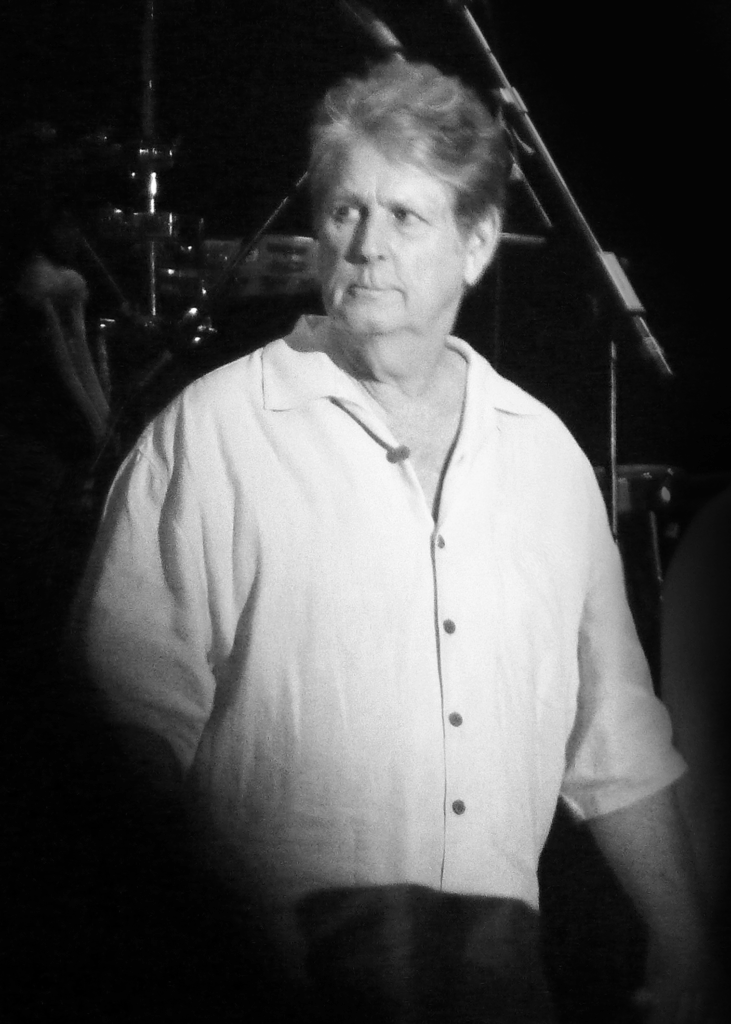
7. **”Good Vibrations”: The Pinnacle of Psychedelic Pop Artistry**
Following the artistic triumph of “Pet Sounds,” Brian Wilson continued his relentless pursuit of sonic perfection with the single “Good Vibrations,” a track he meticulously labored over for months. Released after “Pet Sounds,” it quickly became the group’s first million-seller, cementing its status as a commercial as well as critical success. The creation of “Good Vibrations” was a revolutionary process, emblematic of Wilson’s pioneering studio techniques.
Wilson convened his favorite studio musicians across an astonishing 17 recording sessions, amassing approximately 90 hours of tape. He then painstakingly assembled the final song from these fragments, creating a complex and layered soundscape that was unlike anything heard before. Harmonica player Tommy Morgan recalled Wilson’s unparalleled precision, stating that he “knew every note in his head.” The result was a “psychedelic montage” that, to many listeners, sounded “as if recorded in outer space,” marking the full and vibrant arrival of psychedelia in mainstream pop music and further solidifying Brian Wilson’s reputation as a creative genius unbound by conventional limits.

8. **The Aborted Masterpiece: ‘Smile’ and its Aftermath**
Following the artistic triumph of ‘Good Vibrations,’ Brian Wilson’s relentless pursuit of sonic perfection led him to embark on his next ambitious project, ‘Smile,’ which he envisioned as a ‘teenage symphony to God.’ This whimsical cycle of songs on nature and American folklore was a collaboration with the adventurous lyricist Van Dyke Parks, intended to further Wilson’s experimental journey beyond the conventional limits of pop music. The production was so immersive and intense that it reportedly bordered on method acting; for a song about fire, Wilson famously wore a fire helmet in the studio, demonstrating his deep commitment to the artistic vision.
However, this avant-garde approach and the album’s experimental nature were met with significant confusion and strain from the other Beach Boys. The band members struggled to understand Wilson’s increasingly complex directives, and commercial pressures from the record label further exacerbated the situation. A shaken Wilson, grappling with escalating personal and psychological issues, delayed and eventually canceled the highly anticipated ‘Smile’ project, leading to profound disappointment among fans and critics alike.
Remnants of the ‘Smile’ sessions, including tracks like ‘Heroes and Villains’ and ‘Wind Chimes,’ were re-recorded and issued in September 1967 on a much-simplified album, ‘Smiley Smile.’ This stripped-down version was famously dismissed by Carl Wilson as a ‘bunt instead of a grand slam,’ reflecting the band’s and public’s sense of an unfulfilled promise. The subsequent album, ‘Wild Honey,’ released just three months later, became a critical favorite but ultimately failed to restore the band’s commercial reputation, and Wilson, deeply affected by the project’s dissolution and worsening mental health, began to withdraw into increasing seclusion.

9. **Years of Isolation and Personal Struggles**
Following the abandonment of ‘Smile’ and the subsequent waning commercial success of The Beach Boys, Brian Wilson retreated further into himself, grappling with profound mental health challenges and escalating substance abuse. He became addicted to drugs and alcohol, and for extended periods, was described as psychologically helpless. Accounts from this period, such as his idling in a sandbox he had built in his living room, serve as poignant symbols of his deep and troubling withdrawal from public life and creative activity.
For many years, Wilson did not fully produce another Beach Boys record, contributing only sporadically as a songwriter to minor hits, a stark contrast to his earlier prolific output. While the band saw a commercial resurgence in the 1970s with the greatest hits album ‘Endless Summer,’ which helped reestablish them as popular concert performers, Wilson remained largely in seclusion, battling what would later be diagnosed as schizoaffective and bipolar disorders, conditions that profoundly impacted his ability to function.
His struggles with mental illness made public appearances and interviews increasingly challenging; he often baffled interviewers with brief, disjointed, and at times nonsensical answers. This long period of personal torment underscored the deep chasm between his public image as the architect of an ‘endless summer’ and the private nightmares he endured, embodying the darker, more tragic side of the idyllic California myth he had so powerfully helped to create.

10. **The Controversial Figure: Dr. Eugene Landy**
In the mid-1970s, as Brian Wilson’s struggles intensified, marked by severe food, alcohol, and drug addiction that caused his weight to balloon to over 300 pounds, his then-wife, Marilyn, sought help. She hired psychotherapist Dr. Eugene Landy, who was known for his controversial ’24-hour therapy’ approach, a method that involved pervasive, constant control over his patients’ lives, extending far beyond traditional therapeutic boundaries.
Landy’s involvement quickly escalated, transforming him from a therapist into a dominant, Svengali-like figure in Wilson’s life. He began to oversee not just Wilson’s personal and medical affairs but also took on roles as his business manager, executive producer, and even, controversially, a co-songwriter on Wilson’s 1988 solo debut album. This unprecedented level of control and influence raised significant concerns among Wilson’s family, who worried about Landy’s overwhelming power, the exorbitant fees he charged, and the extensive medication he prescribed.
Eventually, Wilson’s family intervened, initiating legal action to break Landy’s pervasive control over the musician. Landy’s license was revoked in 1989 due to alleged ethical violations, though he controversially continued to work with Wilson until 1992, when a legal injunction finally and permanently barred him from contacting the musician. The tumultuous and often harrowing relationship between Brian Wilson and Dr. Eugene Landy was later famously dramatized in the critically acclaimed 2014 biopic ‘Love & Mercy.’
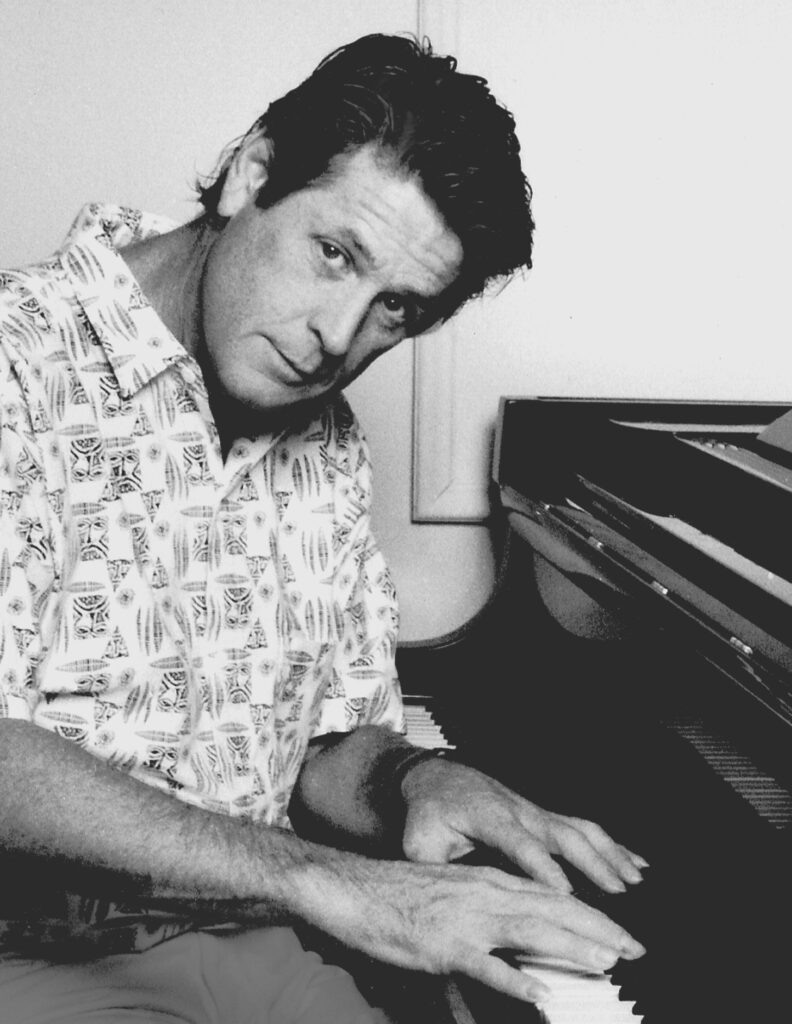
11. **Marriages, Family, and Legal Battles**
Brian Wilson’s personal life was as intricate and often turbulent as his musical journey, marked by two marriages, periods of family estrangement and eventual reconciliation, and numerous legal battles that underscored the often-strained dynamics within his musical family. His first marriage to singer Marilyn Rovell, which produced two daughters, Carnie and Wendy Wilson—who later found pop success as two-thirds of the chart-topping trio Wilson Phillips—ended in divorce in 1979 after just over eleven years. Brian largely attributed the blame for the tumultuous marriage and its eventual dissolution to himself.
After his eventual separation from the control of Dr. Landy, Wilson’s life found greater stability and solace following his second marriage to Melinda Ledbetter in 1995. Melinda was instrumental in helping him break free from Landy’s influence and provided crucial support during his recovery. Together, they adopted five children, and through her unwavering support, Brian also reconciled with his daughters, Carnie and Wendy, who even sang together with him on his 1997 album, ‘The Wilsons.’ Tragically, Melinda Ledbetter passed away in January 2024.
Beyond personal relationships, Wilson was embroiled in a series of highly publicized legal disputes that further complicated his life and family relationships. In 1992, he won a significant $10 million out-of-court settlement for lost songwriting royalties. However, his 1991 autobiography, ‘Wouldn’t It Be Nice: My Own Story,’ co-written with Todd Gold, sparked further lawsuits. His brother Carl and other relatives questioned whether Brian had even read the book, believing it to be largely Landy’s version of his life. Their mother, Audree Wilson, also unsuccessfully sued publisher HarperCollins over passages regarding alleged childhood abuse. In a separate, long-running dispute, Mike Love successfully sued Brian Wilson, asserting he was unfairly deprived of royalties for contributing lyrics to dozens of songs, eventually gaining significant ownership of the band’s name.
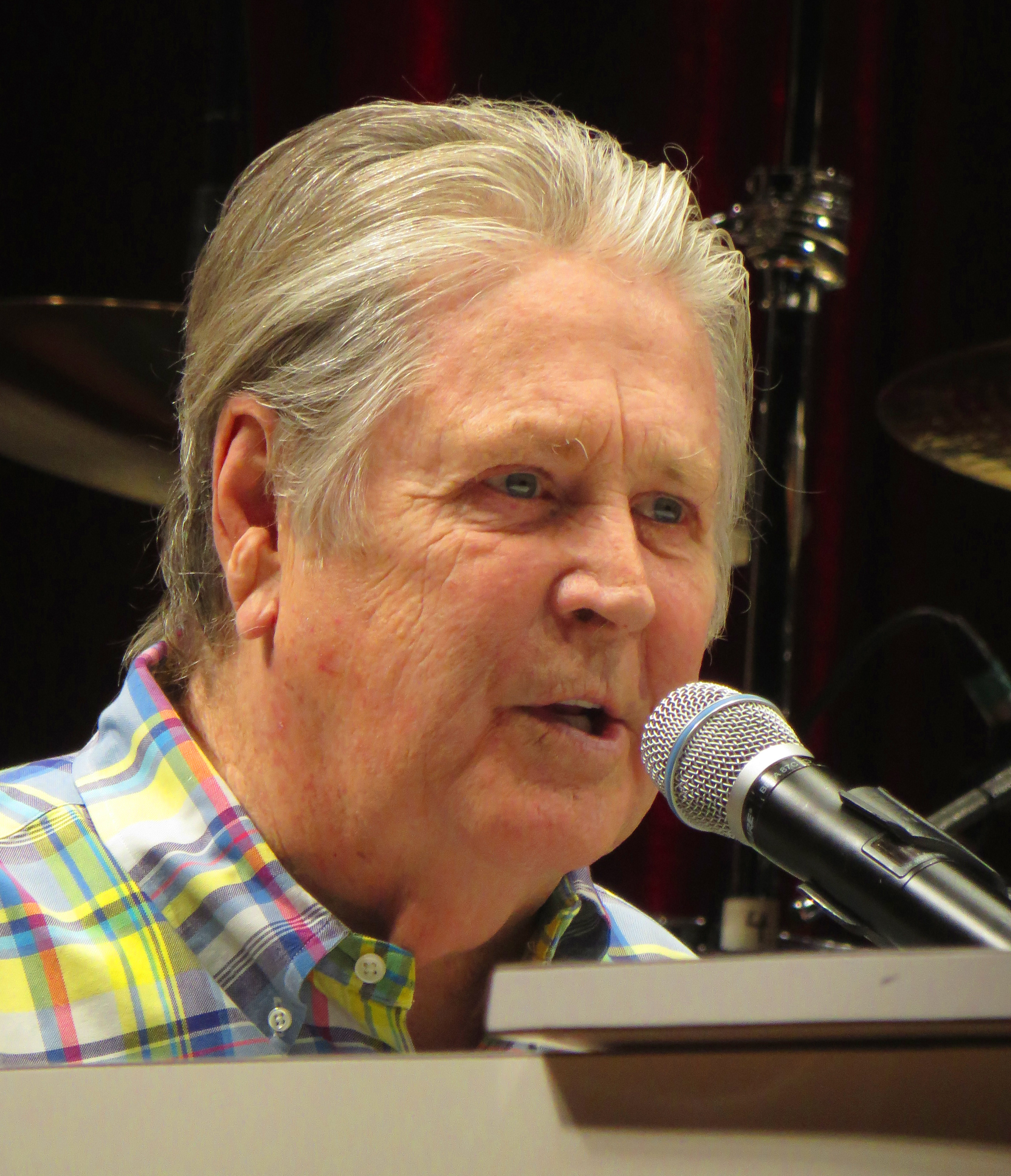
12. **Solo Career and Later Beach Boys Reunions**
Despite the decades of internal turmoil and his long periods of seclusion, Brian Wilson eventually found his way back to actively creating and performing music, albeit often independently of The Beach Boys. While the group continued to release occasional hits like ‘Kokomo’ in 1988 (made without Wilson’s direct involvement), Brian began to focus significantly on his solo career in the late 1980s, releasing acclaimed albums such as ‘Brian Wilson’ and ‘Gettin’ In Over My Head,’ which notably featured cameos from admiring peers like Paul McCartney and Eric Clapton.
His late-life resurgence saw him embrace unique projects, including completing a pair of albums for the Walt Disney label—a collection of George Gershwin songs and music from classic Disney movies—showcasing his enduring versatility and profound appreciation for American musical heritage. In 1999, he embarked on solo tours, performing his classic material to ‘worshipful crowds’ in concert halls, bringing to life works like ‘Pet Sounds’ and his restored opus, ‘Smile,’ which he miraculously completed with new collaborators in 2004, decades after its initial abandonment.
A significant, albeit brief, reunion with surviving members of The Beach Boys occurred in 2012 for their 50th-anniversary album, ‘That’s Why God Made the Radio,’ which quickly hit the Top 10. However, old tensions resurfaced, and the group again bickered and separated shortly after. Wilson continued to tour as a solo artist until July 2022, when, a month after his 80th birthday, his management announced the cancellation of remaining dates for then-undisclosed health reasons. His most recent solo studio album, ‘At My Piano,’ released in November 2021, featured solo piano versions of classic Beach Boys songs, a testament to his ongoing musical engagement.

13. **Enduring Acclaim and Legacy**
Brian Wilson’s profound and undeniable impact on music and culture is reflected in a long and distinguished list of accolades and honors bestowed upon him throughout his lifetime. He was inducted into the Rock & Roll Hall of Fame with The Beach Boys in 1988 and later into the Songwriters Hall of Fame in 2000, recognizing his unparalleled contributions to songwriting. His innovative work earned him competitive Grammys for the solo instrumental ‘Mrs. O’Leary’s Cow’ and for ‘The Smile Sessions’ box set, alongside a prestigious Grammy lifetime achievement prize.
Further cementing his cultural significance, Wilson received a tribute at the Kennedy Center Honors in 2007, an acknowledgment of his immense influence on American artistic expression. In a particularly heartwarming and symbolic moment in 2018, he returned to his old high school in Hawthorne, California, where the principal literally erased an ‘F’ he had been given in music and awarded him an ‘A,’ a powerful and belated recognition of his unparalleled genius.
Beyond the myriad awards, Wilson is widely revered as the ‘poet laureate of adolescent heartbreak,’ whose ‘teenage symphonies to God’ transformed teen pop into a poetic, modernist musical form. His works offered an almost otherworldly beauty, blending the joyous California myth with a profound, often poignant, melancholy. Through his entire life, he continued to share the enduring message that beauty and love can help heal even the most broken people, leaving an indelible mark on American culture and the global music world that will resonate for generations.

14. **Final Years and Recent Conservatorship**
In his final years, following the deeply personal loss of his beloved second wife, Melinda Ledbetter, who passed away in January 2024, Brian Wilson’s well-being became an urgent and pressing concern for his family. Melinda had effectively served as his primary caregiver in recent years, diligently managing his personal and medical needs due to his declining health and significant cognitive challenges.
To ensure his continued care and protection, legal documents were filed to establish a court conservatorship. This petition sought to appoint his longtime representatives, publicist Jean Sievers and manager LeeAnn Hard, as ‘co-conservators of the person,’ giving them legal authority to oversee his personal and medical affairs. The filing cited Wilson’s doctor, who stated that the musician had ‘a major neurocognitive disorder (such as dementia),’ which rendered him ‘unable to properly provide for his own personal needs for physical health, food, clothing, or shelter.’
In May 2024, a Los Angeles judge approved the petition, noting that the evidence presented clearly demonstrated that Wilson himself had consented to the conservatorship, indicating his understanding and acceptance of the necessary arrangement for his care. This legal step, while somber, underscored the complex challenges Wilson faced in his advanced age, bringing a poignant yet necessary close to a life characterized by extraordinary artistic brilliance alongside profound personal vulnerabilities, ensuring his final years were managed with care.
As the final notes of Brian Wilson’s extraordinary life fade, his symphony of sound and emotion continues to resonate across time and climates, a testament to a spirit that dared to dream beyond the confines of genre and expectation. His influence, woven into the very fabric of American myth and global pop culture, ensures that the sun-drenched harmonies and introspective melodies he crafted will forever echo, reminding us of the visionary who found profound beauty amidst personal storms. Love and mercy, indeed.



